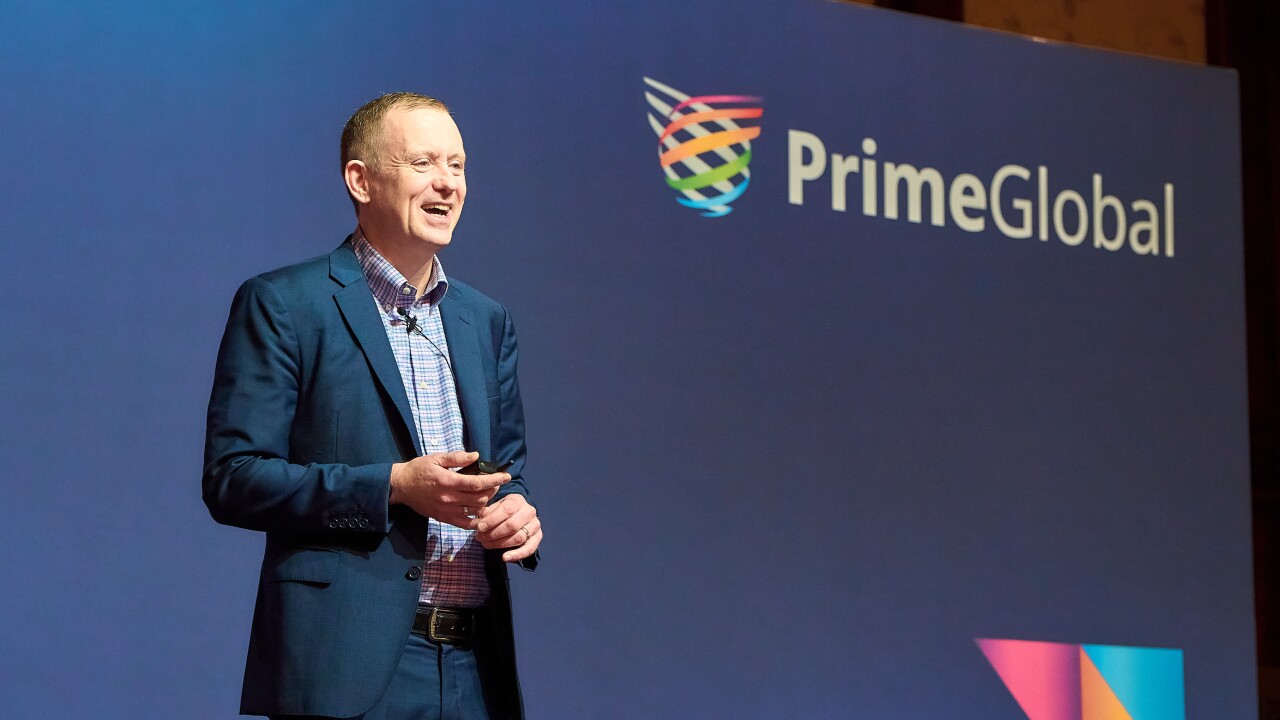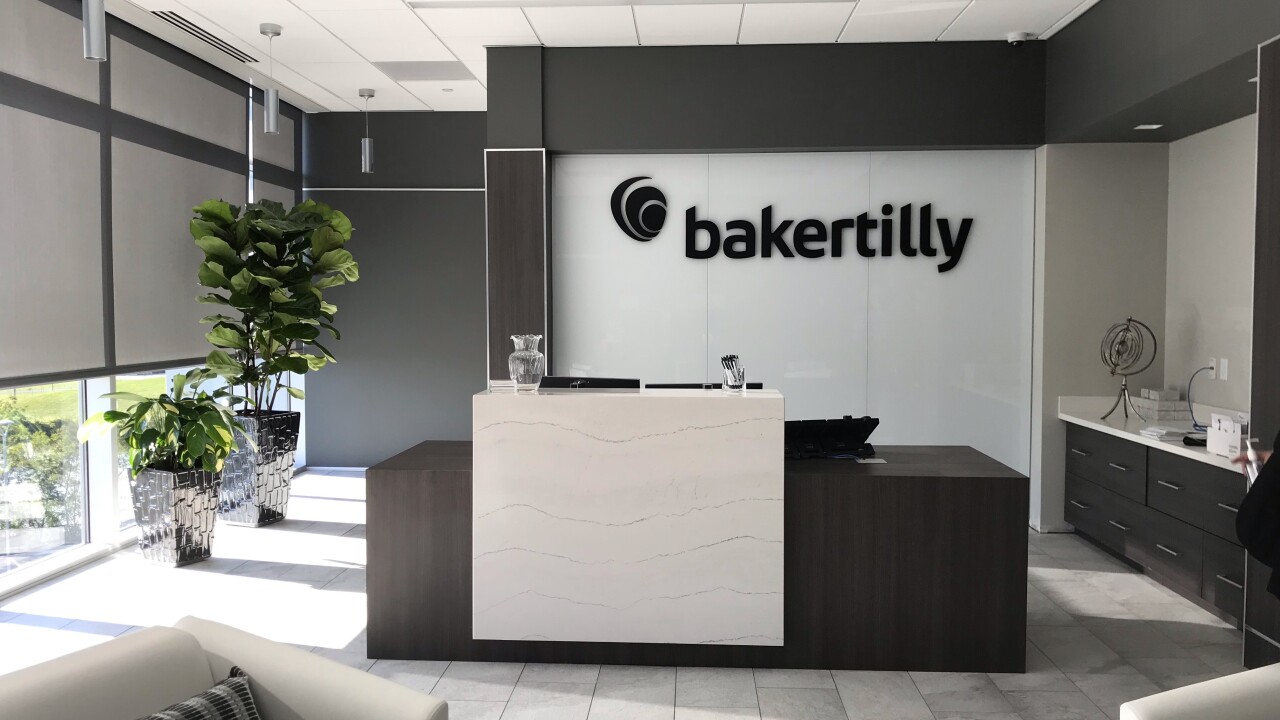There is a saying that has been going through my mind of late: "May you live in interesting times." Its origin is vague but many attribute it to a translation of a Chinese curse. Indeed, while the saying sounds like a blessing, it is more likely that wishing someone a life of interesting times is cursing them to a life of upheaval and conflict.
Whether you are optimistic, neutral or pessimistic about the current state of affairs, it's safe to say we are all living in interesting times. Disruption has become a way of life in the 21st century. Consider this: In just the past five years we have experienced a global pandemic, geopolitical instability driven by wars in Ukraine and Gaza, intensifying natural disasters fueled by climate change, and technology disruptions brought on by artificial intelligence. Presently, we are all trying to decipher what will happen next with tariffs and their impacts on financial markets, which of late are behaving more like amusement park thrill rides than reflections of economic conditions.
I have written extensively about how today's business leaders must learn to not only manage disruptive change but embrace it. In the second edition of my book,
However, I ran across a couple of interesting data points tucked into the latest
The Pulse data, which is gleaned from a survey of internal audit leaders across North America and Canada, show we've reached the inflection point in the generational transition. At 58%, Generation X (1965-1980) still makes up the lion's share of chief audit executives, but the percentage of audit leaders who are millennials (1981-1996) now matches those who are baby boomers (1946-1964) at 21%.
This clearly reflects the passing of the torch, because the numbers will continue to skew toward a younger generation of internal audit leaders with each passing year. I'll explore what that means in a moment, but I also want to mention a second significant data point. The Pulse reports that women represent 44% of CAEs in North America overall, and a breakdown by age group shows the figure is significantly higher for audit leaders under 40.
The changing CAE gender profile
When I began my career in internal auditing in 1975, a woman leading an audit function was rare. However, over time pioneering women leaders emerged, including Carmen LaPointe, Betty McPhilimy and Patty Miller, each of whom went on to serve as IIA global board chairs. Since then, the IIA has had several other women lead the board including Angela Witzany, Jenitha Jones, Sally-Anne Pitt and current chairman Terry Grafenstine. The profession approaching true gender balance in leadership is something in which all internal audit practitioners should take great pride. Unlike generational change in leadership, gender equality is not inevitable.
When we dive deeper into the data, the true significance of the progress toward gender equality emerges. Baby boomers continue to skew the data toward males, where they make up two-thirds of CAEs born between 1946 and 1964. However, the gap closes significantly among Gen Xers (1965-1980) where women make up 48% of CAEs and comes to 50/50 parity among millennials (1981-1996).
A quick analysis of gender breakdown by industry finds women are making solid progress in other areas, as well. But we'd be hard pressed to find one where half of the leaders are women.
- Medical/health - 43%
- Education, consumer services and government – 40%
Women still lag significantly in leadership roles in:
- Food and beverage - 30%
- Transportation/logistics/supply chain, and automotive - 19%
- Aerospace/defense - 18%
- Agriculture - 17%
- Oil/gas/mining - 16%
It's also encouraging to see the rapid pace at which women are ascending to leadership roles within the profession. We have available data from the IIA's 2015 CBOK report, which provides a touchpoint. The report, which was based on a 2014-15 global survey of audit practitioners, found women held 31% of CAE positions globally and 39% in North America. In just 10 years, the percentage of female North American CAEs grew 5%.
Generational changes
Moving to the proverbial changing of the guard, the parity between baby boom and millennial internal audit leaders was inevitable as older CAEs leave the workforce. Of significance here is the timing. When I first saw the data, I thought to myself, "Whew, just in the nick of time." Allow me to elaborate.
At the risk of generalizing, millennials bring to the table technology skills, views about work-life balance, and preferences in communication styles, creativity and diversity that are more suited to 21st century challenges. To be sure, baby boomer optimism, work ethic, loyalty and focus on teamwork helped found and build some of the greatest organizations the world has ever seen, including Microsoft, Apple, Nvidia, Amazon, Virgin Atlantic and others. Baby boomers also forged the digital foundation on which millennials will build the future.
However, the demands created by a world in near-constant upheaval require greater flexibility, agility, resilience and innovation that millennial characteristics are more likely to provide. It's more than millennials being technologically adept. For example, millennials use digital tools for quick communication that support agility and flexibility, while boomers are more likely to prefer formal meetings and written communication.
There is little doubt that both generations share a desire for success and achievement, but their approaches and values differ significantly, reflecting the evolving social and economic landscape of their times.
From an internal audit perspective, greater numbers of millennial CAEs will invariably accelerate the long-overdue widespread adoption of technology among internal audit functions. What's more, their communications styles, creativity and embracing of diversity will help position the profession to support organizations that are flexible, resilient, agile and, most importantly, built to succeed in interesting times.





